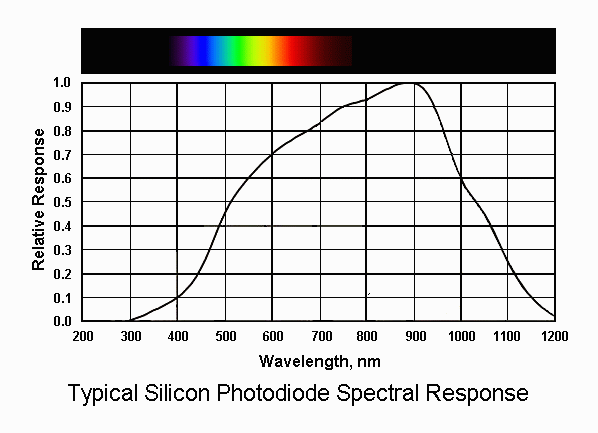- Joined
- Nov 30, 2008
- Messages
- 428
- Points
- 18
Hey laser people!!
Just a few days ago, I began work on my newest project, a laser communicator. Basically, it sends sound across a room on a beam of light by synchronizing the light intensity with the frequency of the music. A solar panel attached to a speaker on the other side of the room picks up the light and turns it back into pulsing ac current and sound.
Wat I need to know is what wavelength of visible light would work best for this project. Also, I was thinking that using a DDL style driver might be less expensive, since I don't need to fit the whole device in a small host.
I tested the concept out using an LOC diode , and it worked great. Unfortunately, the next day I killed my diode by forgetting to regulate my power supply. Would it be betetr to use 532nm, 660nm, or 405nm if I am using a solar cell as my recievor?
Any other advice would be appreciated!!!!
Just a few days ago, I began work on my newest project, a laser communicator. Basically, it sends sound across a room on a beam of light by synchronizing the light intensity with the frequency of the music. A solar panel attached to a speaker on the other side of the room picks up the light and turns it back into pulsing ac current and sound.
Wat I need to know is what wavelength of visible light would work best for this project. Also, I was thinking that using a DDL style driver might be less expensive, since I don't need to fit the whole device in a small host.
I tested the concept out using an LOC diode , and it worked great. Unfortunately, the next day I killed my diode by forgetting to regulate my power supply. Would it be betetr to use 532nm, 660nm, or 405nm if I am using a solar cell as my recievor?
Any other advice would be appreciated!!!!






